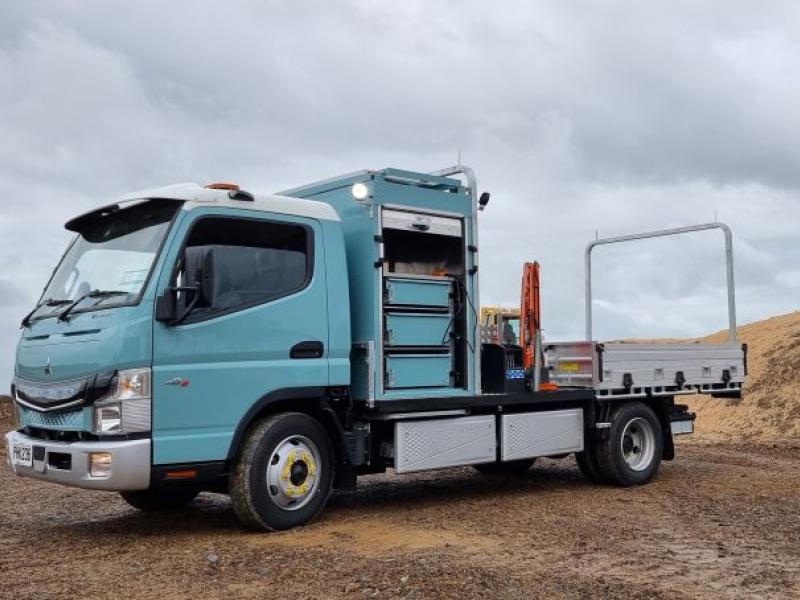How do you improve on an already-spectacular design? Damien O’Carroll believes Kia has decided not to upset the balance with its new Optima.
When it comes to cars, exterior styling is the one area where “if it ain’t broke, don’t fix it” rarely applies when it comes to an all-new model.
No matter how good a car looks, it is largely expected that a new-generation model will either evolve those looks, or throw it all out and go for a revolutionary change. After all, the one thing the customer really likes is when the neighbours know they have the newest version in their driveway.
That is what makes the new Kia Optima so different; the fact that it looks very much the same. At first glance, the new Optima looks remarkably like the model it replaces. Even at second and even third glance for that matter.
While the new Optima is slightly longer, wider and taller than the old car, this isn’t immediately apparent, and while the frontal design is slightly evolved, it looks more like a mild facelift than an all new model.
But then, the last car was so damn good looking that it would genuinely have been difficult to see where Kia could have improved upon it. They have clearly decided the same thing.
Called it “nuanced”, “subtle” or “mature and evolved” if you want to impress the neighbours.
On the inside the differences are more apparent, with a completely re-designed interior that makes better use of space, as well as high quality materials. The seats are fantastically comfortable and supportive, while the dash is simple, elegant and well laid out.
The new Kia Optima comes to New Zealand in two guises – the EX and the Limited – with only a single engine and transmission powering both.
Kia New Zealand has decided to leave the 2-litre turbocharged petrol engine (that we get locally in the Hyundai) on the shelf in favour of a refreshed version of the company’s 2.4-litre naturally aspirated petrol four-cylinder unit. The engine now produces 138kW of power and 241Nm of torque, and will consume a combined average of 8.3L/100km of petrol when hooked up to the standard six-speed automatic transmission.
The EX starts the Optima range at $45,790 and it comes standard with 18 inch alloy wheels, dual projector xenon headlights, LED DRLs, side indicators, fog lights and taillights, a seven-inch colour touchscreen, six-speaker audio system, satellite navigation, Bluetooth phone and audio streaming, paddle shifters, dual zone climate control, rain sensing wipers, keyless entry and start, autonomous emergency braking, front and rear parking sensors, a backing camera, radar cruise control, high beam assist, lane departure warning and a forward collision warning system.
The other model is the Limited that tops the range at $48,990 and features all the standard equipment of the EX, but also adds high gloss black door frames, leather seats with 10-way power adjustment on the driver’s and 8-way power adjustment on the passenger’s, heated and ventilated front seats, a heated steering wheel, an 8-inch touch screen, a 10-speaker Harmon Kardon sound system with a 12 channel amplifier, wireless phone charging, rear door blinds, a panoramic sunroof, a tyre pressure monitoring system, blind spot detection, lane change assist and rear cross traffic alert.
While the pricing of the Optima puts it pretty much squarely up against the Hyundai Sonata, the Kia’s higher level of standard specification, particularly on the EX we review here, makes it a more compelling package on paper. And out on the road as well, as it happens.
While the Optima is still more oriented towards offering a comfortable ride, the handling has been sharpened up considerably. Kia has also included a “Drive mode” button that switches between Normal, Eco and Sport modes.
While sport mode sharpens up the throttle and transmission response, it is still fairly obvious that the transmission ratios are spaced more for economy than performance, but there is a manual mode that utilises the steering wheel-mounted paddle shifters and nicely overcomes most of that.
The 2.4-litre engine strong in the mid range and offers decent grunt down low, but does get a bit breathless up higher in the revs.
All of this adds up to a car that is far happier pottering around town and cruising on highways and main roads, as opposed to being thrown through corners with wild abandon.
Out on the open road the Optima effortlessly settles into a pleasantly relaxed flow between corners, with a firmly controlled, but still comfortable ride. The suspension can become flustered and get a wee bit crashy over broken surfaces, but they do have to be pretty properly broken for this to happen.
While the strongest competitors in the rapidly shrinking medium sedan segment (Ford Mondeo, Mazda6) can still boast sharper handling and more refined rides than the Optima, this advantage is shrinking all the time. And the Kia easily outguns them in the equipment department.
Throw in the handsome looks and the fact that the Optima costs slightly less across the board and you will find that Kia have a strong competitor in the medium segment. The segment might be shrinking, but the quality available in it only gets better.






